The development of renewable energy in Indonesia is still slow, even though the price of solar and wind power has tended to decrease in the last decade. Renewable energy is considered to need more support so that its development can be accelerated.
Read more on Kompas.

Jakarta, 21 March 2023 - As one of the countries that participated in ratifying the Paris agreement in 2015, Indonesia is committed to reducing its greenhouse gas emissions. In 2022, ahead of the G20 Summit, Indonesia will renew its emission reduction commitment in the Enhanced NDC which targets Indonesia's own emission reduction of 31.89% in…
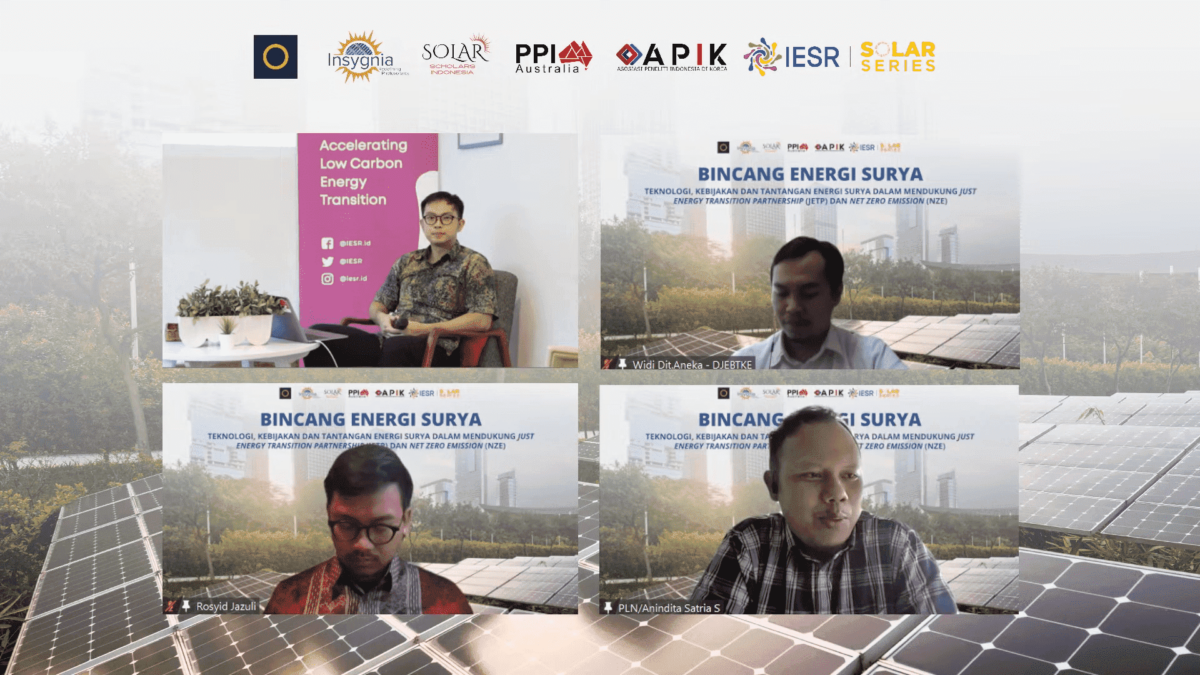
Jakarta, 9 March 2023 - Solar energy has the potential to be developed massively in Indonesia. The Institute for Essential Services Reform in its report entitled "Beyond 207GW" states that the technical potential of solar energy in Indonesia reaches 20,000 GW. Unfortunately, the use of solar energy is still minimal. It is noted that the…
Solar Energy Talks is a series of public dissemination events about solar energy which are collectively organized by six institutions; Institute for Essential Services Reform (IESR), Solar Scholars Indonesia (SSI), Australian Student Association (PPI), Indonesian Korean Research Association (APIK), New Generation Solar Energy Institute (Insygnia), and Solarin (@solarin.id). Solar energy thematic dissemination will be held…
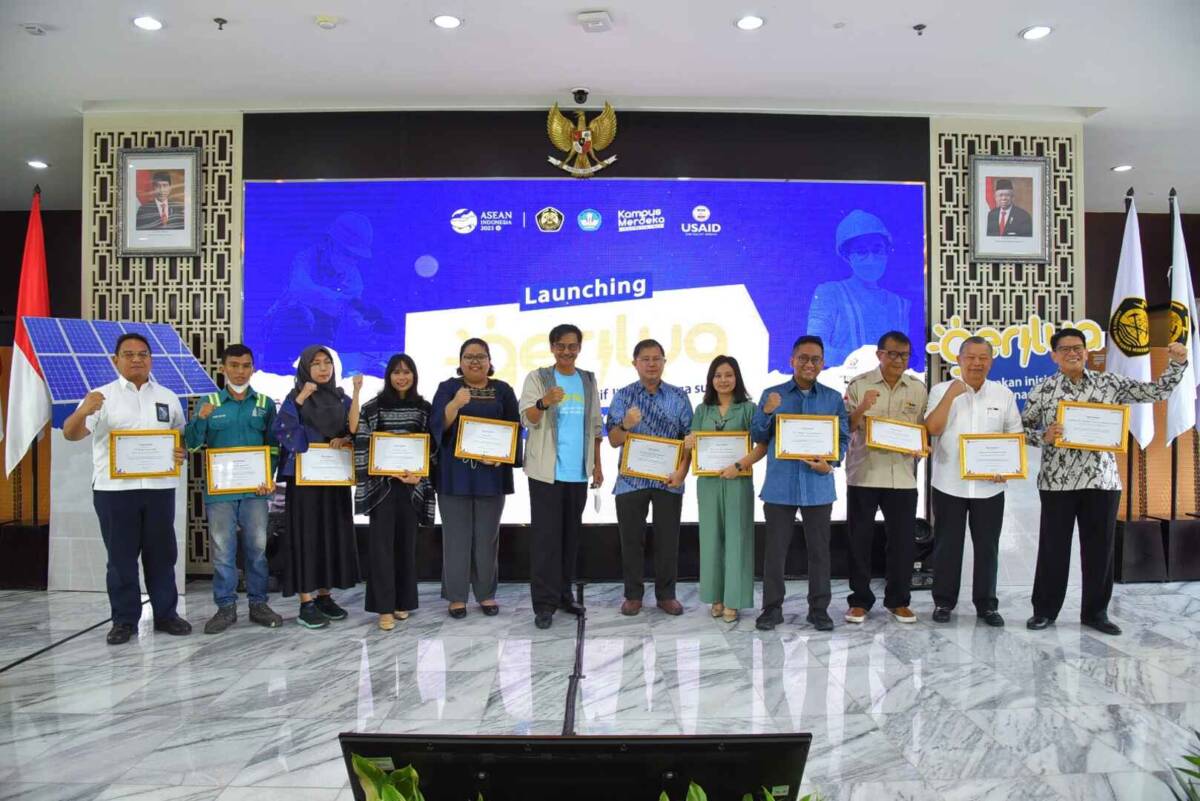
Jakarta, 1 March 2023 - The energy transition requires the participation of all parties to make it happen. The education sector is predicted to be one of the strategic pillars to ensure that there are high quality experts and technicians who are ready to take part in the realm of renewable energy development.
Secretary General…
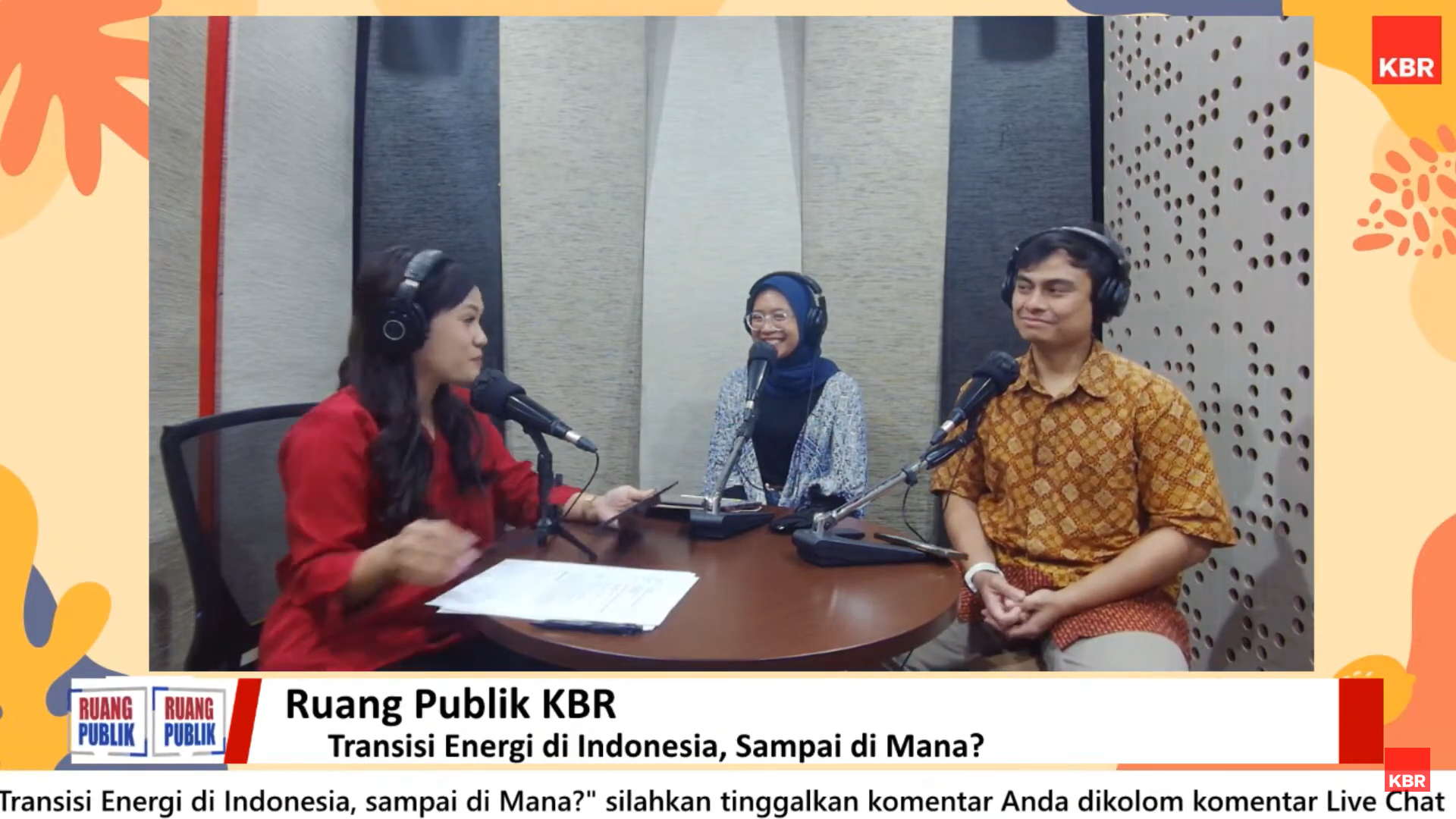
(Jakarta, 12 January 2023) - By definition, the energy transition is an effort to change the energy supply from previously a coal-dependent source to cleaner energy. This is the effort that the Indonesian government continues to pursue to achieve national energy security and autonomy. However, there are still many tasks that must be fulfilled by…

Jakarta, December 19, 2022 - The role of energy is critical for increasing economic activity and national security. Thus, energy management, including supply, utilization, and exploitation, should be carried out fairly, sustainably, optimally, and in an integrated manner. Moreover, Indonesia has ratified the Paris Agreement and submitted its commitment to reduce greenhouse gas emissions with…
Background
Since 2019, IESR and the Provincial Government of Central Java have continued to work together in the energy transition sector. There is a significant positive impact from the cooperation that has been carried out, in 2022, IESR and the Provincial Government of Central Java will renew their collaboration which is marked by the signing of…
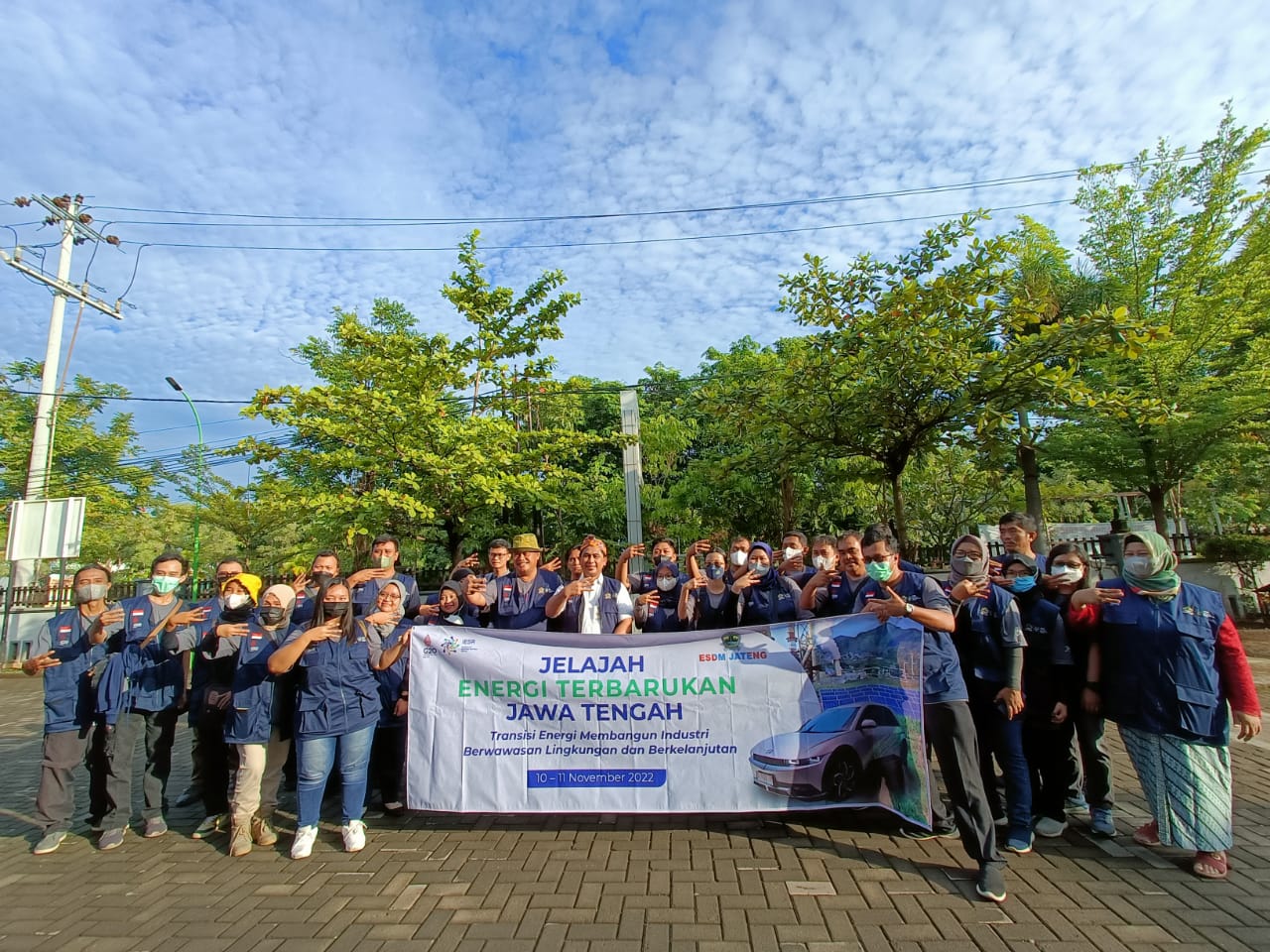
Semarang, 10 November 2022 - The energy transition has become the focus of many parties lately. It's not only the government that has the responsibility to provide clean and affordable energy for the entire community, the industrial sector is also starting to switch to clean energy through various efforts. For companies, today's global product competitiveness…
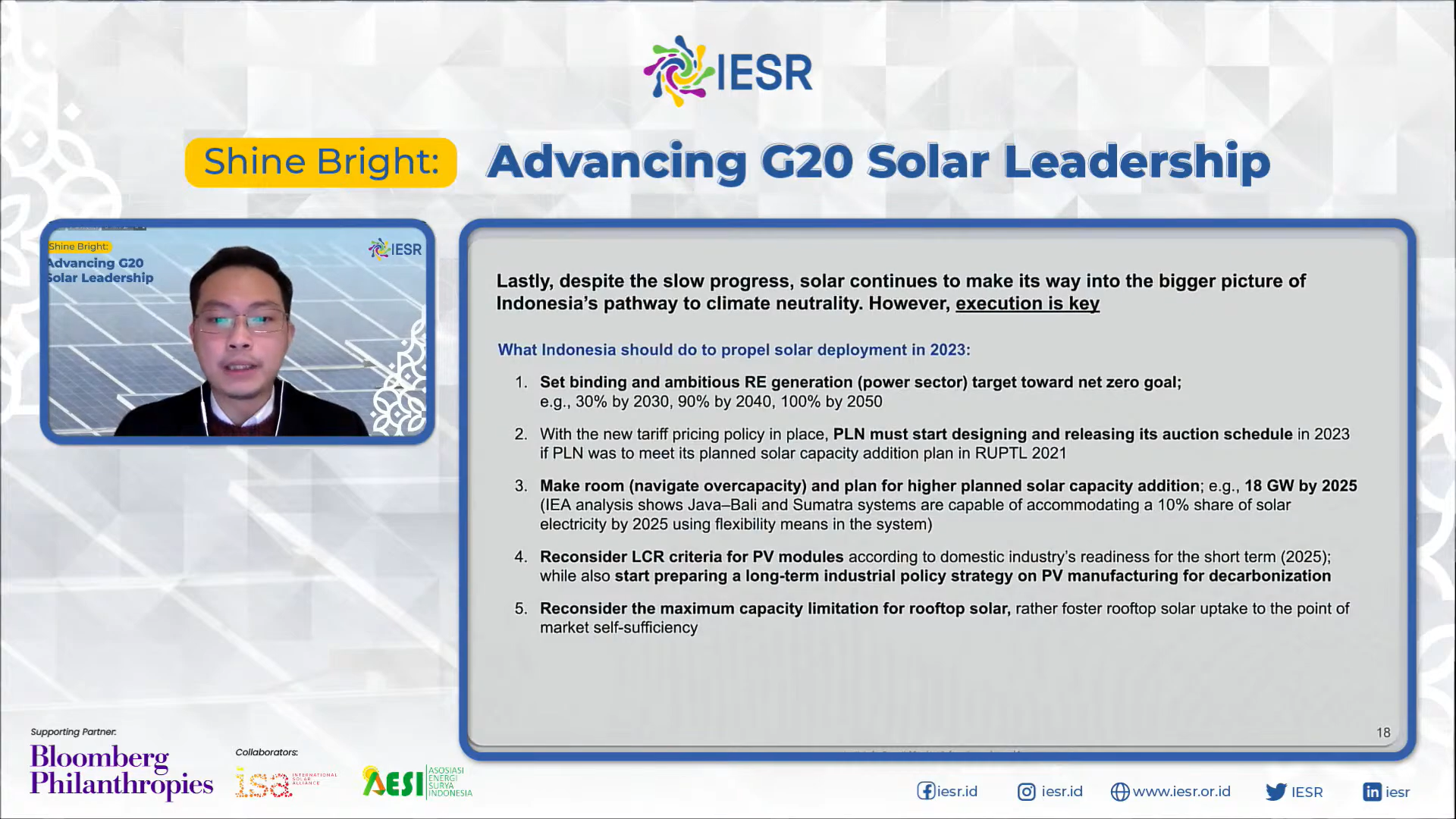
ISEO 2023 Launch: Indonesia Needs Clear Targets and Effective Implementation to Develop Solar Energy
Jakarta, 27 October 2022 - The Institute for Essential Services Reform (IESR) launched the Indonesia Solar Energy Outlook 2023 report. This report was originally part of the Indonesia Energy Transition Outlook (IETO) which has been routinely published every year since 2018. Starting this year, the solar energy section is made in a separate report to…
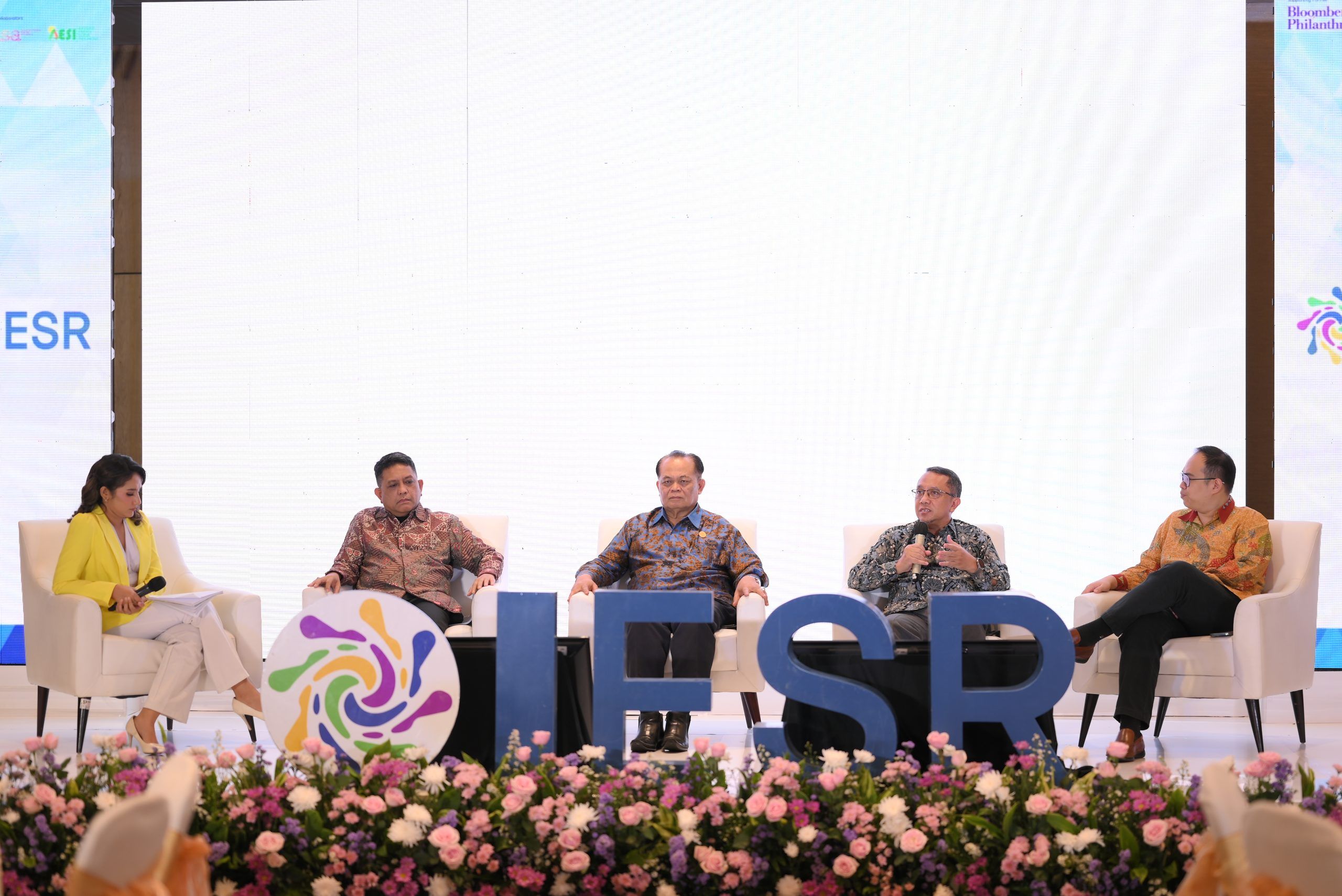
Jakarta, October 27, 2022 - The use of solar energy in Indonesia needs to be accelerated. Clear rules, support for the solar PV component production industry, and capacity building in response to human resources needs in the solar energy sector also need to be prepared.
According to data from Indonesia Solar Energy Outlook (ISEO) 2023,…
The Executive Director of the Institute for Essential Services Reform (IESR), in a webinar entitled "Shine Bright: Advancing G20 Solar Leadership," which was monitored online in Jakarta, stated that the G20 has a big responsibility to suppress global warming because the G20 contributes up to 80 percent of CO2 emissions from energy use.
Read more on…
